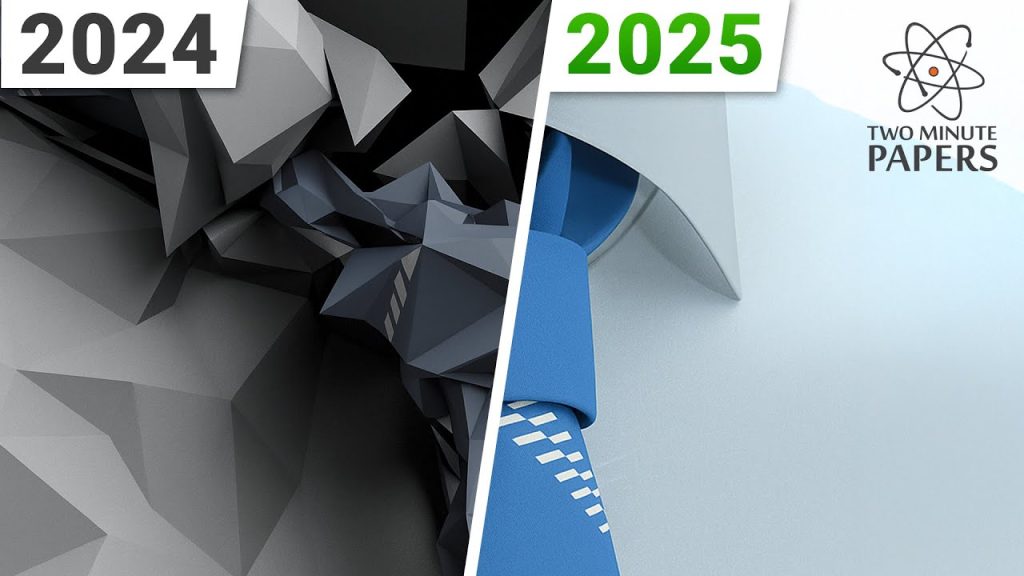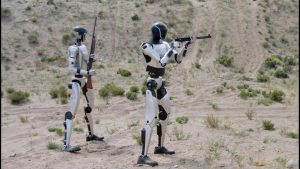Unprecedented Clothing Realism in Games.

Video Games Finally Solving the Clothing Conundrum with Physics-Based Simulation
The world of video game character customization is vast, allowing players to express themselves through clothing choices. However, a persistent issue plagues many games: clothing often looks unnatural and poorly fitted on characters. Instead of seamlessly draping and flowing, garments can appear stiff, clip through the body, or simply lack a realistic appearance. This problem is especially glaring in games that monetize clothing, leaving players frustrated when their purchased items don’t live up to expectations.
The Challenge of Realistic Clothing Simulation
Creating realistic clothing in video games is a complex undertaking. Simulating the way fabric drapes, folds, and interacts with a character’s body requires intricate physics calculations. Traditional methods often struggle to accurately capture the nuances of cloth behavior, leading to the aforementioned visual imperfections.
One of the most challenging aspects is simulating knots and ties. Manually creating these elements is a painstaking process, as the intricate intersections of fabric can easily lead to visual glitches. Designers often find themselves battling with clipping issues and unnatural deformations, making it difficult to achieve a believable result.
A New Hope: Physics-Based Clothing Simulation
Recent research offers a promising solution to the clothing problem in video games: physics-based simulation. This approach leverages the principles of physics to realistically simulate the behavior of cloth, resulting in garments that drape, fold, and flow in a natural manner.
One particular research project focuses on tackling the challenges of knots and ties. The system features an editor that allows designers to create rough sketches of knots, which are then refined through physics simulation. The simulation process brings the knot to life, resolving intersections and creating a realistic final form.
Witnessing the Simulation in Action
The results of this physics-based simulation are truly impressive. Scarves drape elegantly, knots hold their shape naturally, and clothing conforms seamlessly to the character’s body. The level of realism achieved is a significant step forward from traditional methods.
The system also offers artistic control over the simulation, allowing designers to fine-tune the results to achieve their desired aesthetic. This combination of physics-based accuracy and artistic flexibility opens up new possibilities for clothing design in video games.
Benefits of Physics-Based Clothing Simulation
The adoption of physics-based clothing simulation would have numerous benefits for the video game industry and players alike:
- Enhanced Visual Realism: Clothing would look more natural and believable, immersing players deeper in the game world.
- Improved Character Customization: Players would have access to a wider range of clothing options, confident that garments will fit and drape correctly.
- Reduced Development Time: Automated simulation tools could streamline the clothing design process, freeing up artists to focus on other aspects of game development.
- Increased Player Satisfaction: Players would be more likely to purchase in-game clothing if they knew it would look good on their characters.
The Future of Clothing in Video Games
Physics-based clothing simulation represents a significant advancement in video game technology. By accurately simulating the behavior of cloth, this approach has the potential to revolutionize character customization and enhance the overall visual quality of games.
As the technology continues to develop, we can expect to see even more realistic and dynamic clothing in video games. Imagine characters whose clothing flows and reacts realistically to their movements, or garments that become dynamically rumpled and worn over time. The possibilities are endless.
#Games #Simulated #Clothing
Thanks for reaching. Please let us know your thoughts and ideas in the comment section.
Source link






Very clean! I was not expecting to hear you say it could run in real time. That is amazing!
I can be completely wrong, but this looks like adaptive state classification (often used as the system identification process of adaptive control systems).
This will be incredibly effective in VR games!
I wish we could see cloth simulations like this in games 😮
c00lkidd was here
Hopefully we see marvellous / Houdini integration asap!
But this doesn't really solve game implementation, because you still need the characters' bones and weight painting. You can't have things be fully driven by weight painting and still be simulated, you'd need partial simulation, which would no doubt interfere with quality here. And game assets will rarely have sufficient mesh density to run high detail simulation, since for things to run in real time, you want your characters to range from 50k to 200k triangles for main character assets. Something with sufficient mesh density to get you those fine folds will have waaaay more triangles than is advisable for games. Now, this IS wonderful for animation, and you can definitely also transfer lots of detail here into a simpler mesh by baking it into a normal map so that things look nicer in the game, but as far as still simulating things with a high degree of detail within the game, I am a bit skeptical.
0:36 thats actually really accurate xD
Game-changer. Literally.
5:43 😀
The models are walking smoothly like a human or maybe it's the illusion caused by the clothing
Nice, so this has nothing to do with the other algorithms that made it so things don't intersect, the one from your earlier video about cloth?
So… any chance of seeing this implemented in Unreal Engine anytime soon?
Realtime ? I want this implemented in SecondLife yesterday…
Thanks Dr. Zsolnai-Fehér! Making complicated physics based simulations effective, a good Ansatz, continuous physics with a good intuition & understanding of algorithms & data structures… these kind of paper is exactly right up my alley! SUPER!
BVH is so obvious, why not this paper come out earlier?
BVH and Octrees is first thing you think about when doing particle simulations
but continuous collision detection for such bending surfaces is crazy… most game engines have problem to handle just linear CCD, they dont get in to account object rotations..
Im 2 hours late for my papers scholars
What a time to be alive!
What a time to be alive!
I love these videos, but I'm still confused…
Is this, or is this not, a "time to be alive"?
Awesome
I'm sure this technology will be part of games by 2100…. Although given how lazy devs are these days maybe I should push it to 2150!?
super mind blowing 🤯🤯
in real time??? now that is great to hear
Game engines have to try to add things like this, rigid clothes that clip and don't react have been with us since the beginning of 3D graphics.
finally something that isn't AI
I hadn't really thought much about clothing in games before. But after seeing a few of your recent videos about it, it's amazing how much of a difference it makes to realism